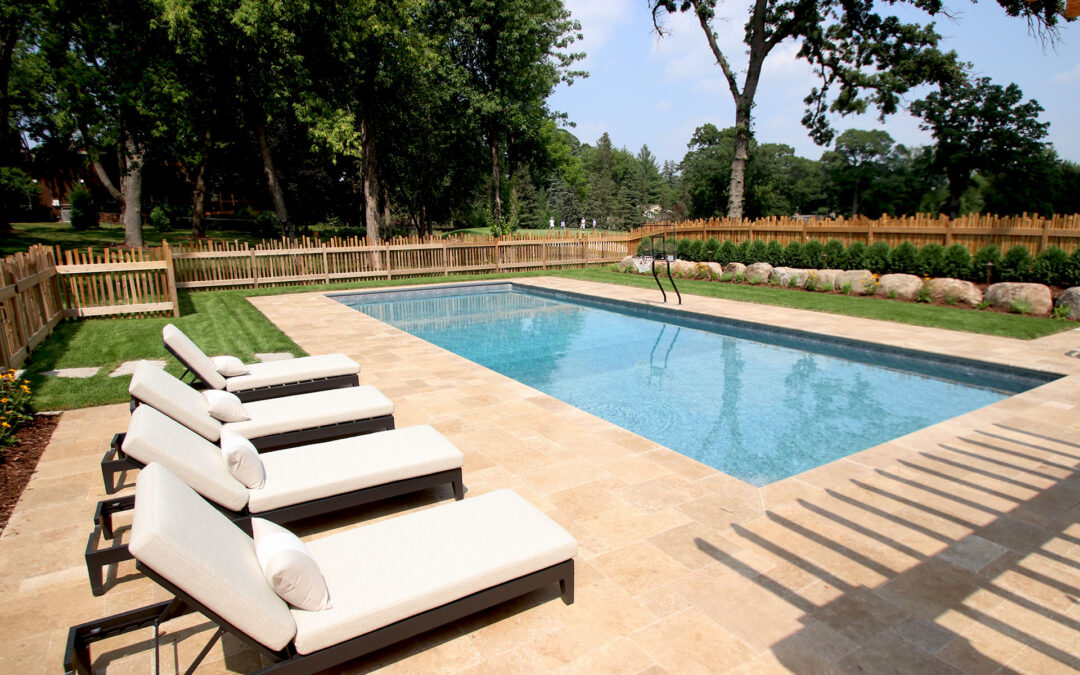Maintaining a sparkling clean swimming pool is a priority for many homeowners. One highly effective method for ensuring your pool remains free from bacteria and algae is by applying shock treatment. However, the main question that arises after this process is, how long to wait after shocking the pool? Ensuring your pool is safe to swim in is of utmost importance, and this guide aims to provide clear and concise information to address this.

Understanding What Pool Shocking Is
Pool shocking involves adding a significant dose of chlorine or other chemical compounds to your pool water to raise the free chlorine level. The primary goal is to destroy contaminants such as bacteria, algae, and chloramines. This process is essential in maintaining a healthy and safe swimming environment.
The Importance of Pool Shocking
Over time, pools gather organic contaminants from different sources like swimmers, weather conditions, and environmental factors. Shocking helps in eliminating these impurities and restores the pool water’s clarity. It is a crucial maintenance step that ensures the water quality remains safe for everyone.
Types of Pool Shock
Calcium Hypochlorite
This form of shock is the most commonly available and is respected for its affordability and effectiveness. It typically contains 65% chlorine.
Sodium Dichlor
Known for its stabilizing properties with cyanuric acid, this shock is less harsh on pool surfaces and is preferred by many pool owners.
Lithium Hypochlorite
While this variant is a bit pricey, it dissolves quickly and reduces scale buildup, proving to be gentle on pools.
Potassium Peroxymonosulfate
This shock notably stands out as it is non-chlorine based. It’s perfect for pools that need frequent shocking and allows for quicker swimming resumption.
Factors Influencing Waiting Time
Type of Shock Used
The type of shock product applied dictates the waiting time. Chlorine-based shocks typically necessitate a longer wait due to their potency, compared to non-chlorine shocks.
Pool Size and Volume
The amount of water and its volume will affect the dissipation speed of the shock treatment, consequently influencing waiting periods.
Environmental Conditions
Temperature, sunlight, and humidity play a significant role. Warmer temperatures increase the speed of chemical breakdown, which can reduce waiting times.
General Guidelines for Pool Safety After Shocking
To ensure everyone stays safe and healthy while using the pool:
Test Chlorine Levels
Before allowing anyone to swim, use a reliable water testing kit to measure the chlorine levels. Ensure it’s within the recommended range of 1-3 ppm.
Maintain Proper pH Levels
The pool’s pH should ideally lie between 7.2 and 7.8. Regularly testing ensures the pool water remains comfortable for swimmers and equipment.
Wait Period Recommendations
For most chlorinated shocks, it is generally safe to wait between 8 to 24 hours before swimming again. However, always rely on test results for absolute confirmation. Non-chlorine shocks may allow swimming in as little as 20 minutes post-treatment.
Conclusion: Prioritizing Pool Safety
Determining how long to wait after shocking pool mainly depends on the shock type, pool conditions, and environmental factors. By adhering to guidelines, pool owners can ensure a safe and enjoyable swimming environment for everyone.
For comprehensive pool maintenance and insights into innovative leak detection systems, consider visiting in-depth articles.

FAQs
Can I swim in my pool after balmy nights?
It’s recommended to test the pool water first, especially if you’ve recently shocked it. Ensure chlorine and pH levels are within safe limits.
How frequently should I shock my pool?
This largely depends on usage, environmental factors, and specific pool conditions. Generally, it is advisable to shock once a week during peak seasons.
What to do if my pool remains cloudy after shocking?
Re-test the water for chemical imbalances. It may require further cleaning, filtration, or adjustments to resolve the cloudiness.
Diverse pool insights can enhance your overall understanding of pool safety and optimization.
This article contains affiliate links. We may earn a commission at no extra cost to you.

